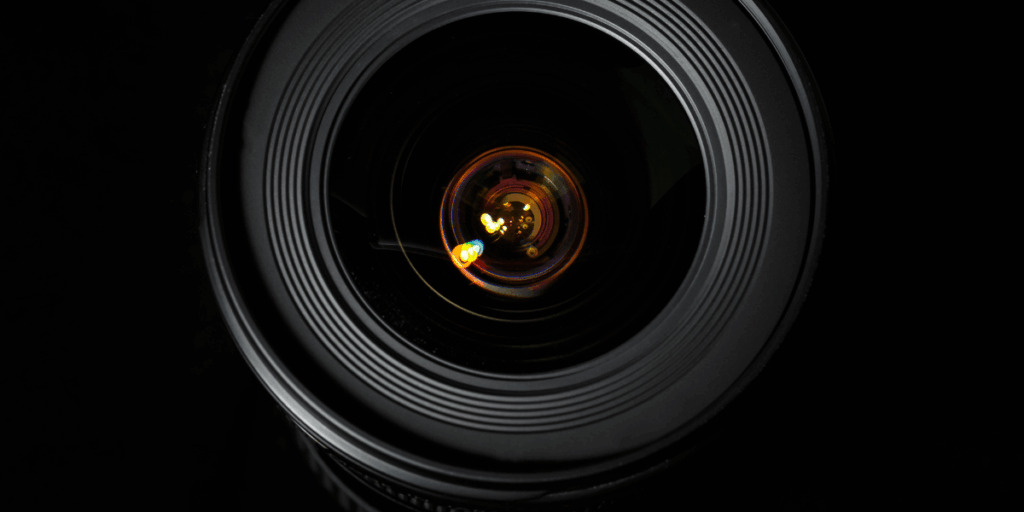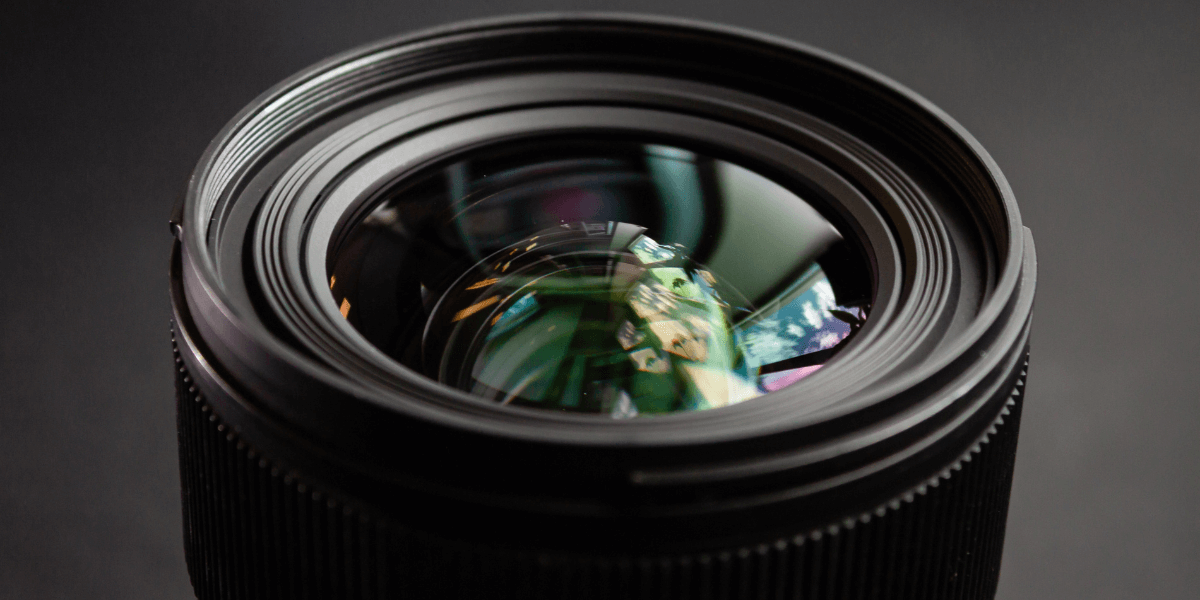Home > Fast Lens: What Is It, and Why Does It Matter?

As photographers, we understand the significance of creativity and innovation. A key element in taking distinctive, striking images is the choice of lens. Fast lenses featuring wide apertures such as f/1.4, f/1.8, or f/0.95 perform exceptionally well in low-light environments, offering a shallower depth of field. They produce beautiful bokeh and allow for faster shutter speeds, improving performance in DSLR and mirrorless cameras and producing remarkable photos across various conditions.
If you scroll down to the bottom, you’ll discover all about the fast lens and everything connected to it. Go through the blog and read about it!
The “speed” of a lens refers to how much light flows through it while the shutter is open rather than its autofocus speed. It’s all about how much light can enter! This fascinating aspect depends on the size of the lens aperture. When we talk about a faster lens, we mean that the maximum aperture is larger, allowing more light to reach the sensor than a “slower” lens. We express this with an “f-number.” A smaller number (like f2.8) indicates a “faster” lens, which is exciting, and vice versa.
Read about why fast lenses matter:
A fast lens features a wide aperture, allowing more light to enter. This enables you to take well-exposed photos at faster shutter speeds, unlike slower lenses that require reduced shutter speeds for proper exposure in the same conditions. This advantage is crucial for handheld shots or fast-moving subjects in low light. A fast lens opens the aperture to f/2.8 and sets a shutter speed that freezes motion.
The term “fast lens” originates from the fact that these lenses enable quicker shutter speeds. A fast lens can also help maintain a lower ISO, reducing noise. By widening the aperture, you can achieve a good exposure at night without increasing the ISO.
A larger lens aperture results in a shallower depth of field. Therefore, using a fast lens at its widest setting typically creates a pronounced shallow depth of field effect characterized by a significantly blurred background. This method eliminates distractions from a scene while providing an intriguing, creative appearance. If you prefer not to use shallow depth of field effects, you can easily achieve this by stopping down the lens beyond f/4, quickly increasing the sharpness range in your images.
Read about the best fast lens for photography:
Nikon’s legendary “Noct” title returns with the fast NIKKOR Z 58mm f/0.95 S Noct lens for Nikon Z mirrorless cameras. This manual-focus lens boasts an impressive 82mm front filter size and a new design, thanks to the Z mount’s broader structure. Its advanced optical design and bright f/0.95 maximum aperture are perfect for low-light conditions.
Additionally, it provides exceptional control over the depth of field, enabling you to isolate your subjects elegantly. Similar to its Noct predecessor, this lens includes a manual focus design, granting you the precise control necessary for both photography and videography. Experience capturing moments in a whole new way!

The optical design features a large-diameter ground aspherical element that minimizes spherical aberrations and distortion, enhancing sharpness and precise rendering. An ARNEO coating, supplemented by Nano Crystal Coat and fluorine coat, is applied to individual elements to significantly reduce flare and ghosting, ensuring clean and color-accurate images even under bright lighting conditions.
The new Noct features an assignable Fn button for lens-specific shooting controls and a top information panel for quick checks of aperture, focus distance, and depth of field. Like other S-series Z-mount lenses, it has a programmable control ring for intuitive adjustments to aperture or exposure compensation.
FUJIFILM’s XF 50mm f/1.0 R WR lens is the largest aperture autofocus lens for FUJIFILM X-Mount cameras. It offers a 35mm equivalent field of view of 76mm, ideal for portraits and general shooting. This fast portrait-length prime lens with an f/1.0 aperture excels in low light. The short focal length of the telephoto offers excellent depth of field control for subject isolation.
The 50mm f/1.0 lens has a fast optical system that reduces distortions and a Super EBC coating to minimize flare and ghosting. It includes quick autofocus and is weather-sealed, making it reliable in tough conditions. It is designed for APS-C FUJIFILM X-mount cameras and provides a 76mm equivalent focal length. Its bright f/1.0 aperture is excellent for low light and offers precise control over depth of field for focused subject isolation.
An aspherical element reduces distortion and spherical aberration for sharper images. Two extra-low dispersion elements improve clarity and color by lessening color fringing. Super EBC coatings prevent flare and ghosting, enhancing contrast and color accuracy. The DC autofocus motor provides fast, smooth focusing.
The rounded nine-blade diaphragm enhances the aesthetic quality of out-of-focus areas, benefiting selective focus and shallow depth of field techniques. The design includes 11 seals that protect against dust and moisture, allowing use in adverse conditions and temperatures as low as 14°F.
SLR Magic’s Cine II 50mm f/1.1 lens for Sony E-mount is ideal for both video and photography. Among cine lenses, it stands out for being faster than f/1.2, using an f-stop rather than a T-stop. This second-generation lens guarantees full-frame sensor compatibility and incorporates seven lens elements arranged in six groups. It weighs under a pound, and the Cine II 50mm offers a fast f/1.1 aperture for shallow DoF.
Cine-style features include geared focus, clickless iris adjustments, and a 13-blade iris for pleasing bokeh aperture. Notably, the front of the lens remains stationary when focusing, making it convenient to use optional polarizing filters or accessories like clip-on matte boxes.
This lens offers full-frame coverage with a focal length of 50mm. Its fast f/1.1 maximum aperture excels in low-light conditions and achieves a shallow depth of field. The 13-blade iris contributes to a pleasing bokeh effect, while the design incorporates seven elements in six groups, enhancing image quality compared to earlier models.
The clickless iris feature allows for smooth exposure adjustments while shooting. Integrated iris and focus gears adhere to industry standards, enabling compatibility with follow focus units and lens gear motors.
A fast lens has a larger aperture (smaller f/number, like f/1.8 or f/2.8), allowing more light enabling faster shutter speeds or lower ISOs in low light conditions. A slow lens, on the other hand, has a smaller maximum aperture (larger f-number, like f/4 or f/5.6), letting in less light, requiring slower shutter speeds or higher ISOs. Read about the difference between a fast lens and a slow lens:
Fast lenses have wider apertures (smaller f-numbers), while slow lenses have narrower apertures (larger f-numbers).
Fast lenses allow more light to pass through, enabling faster shutter speeds or lower ISOs in low-light conditions.
Fast lenses create a shallower depth of field (more background blur), while slow lenses produce a greater depth of field (less background blur).
Fast lenses cost more due to complex designs and larger elements.
Fast lenses often have higher optical quality, but when used wide open, they can also introduce optical challenges like reduced sharpness, chromatic aberrations, and edge softness.
Read about the advantages of fast lenses:
It enables faster shutter speeds or lower ISOs, crucial for low-light shooting.
Creates a smoother, more pronounced background blur (bokeh) for artistic portraits and other shots.
Allows photographers to shoot in a broader range of lighting conditions.
Read about the advantages of slow lenses:
It might be more compact and lighter compared to fast lenses.
Generally less expensive, they are accessible to budget-conscious photographers.
Useful for landscapes and other shots where a sharp image from foreground to background is desired.
Read about when you can use the fast lens or the slow lens:
Ideal for low-light situations, portraits where background blur is desired, and situations where a shallow depth of field is needed.
Suitable for landscapes, architectural photography, and other scenarios where a larger depth of field is required.
If you’re looking to explore something unique and amazing, you can purchase Nikon camera lenses in Pakistan from Golden Camera!
Monday – Saturday:
11:30 AM – 9pm
Copyright © 2025. All Rights Reserved.
Website Powered By DABBS Solutions Pvt. Ltd.
Social Chat is free, download and try it now here!